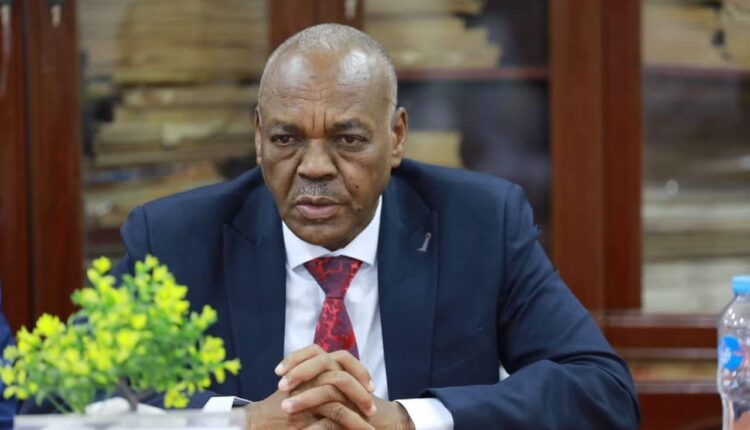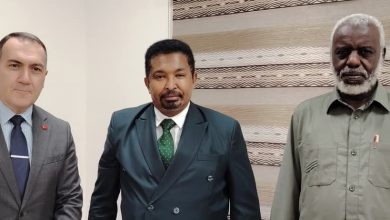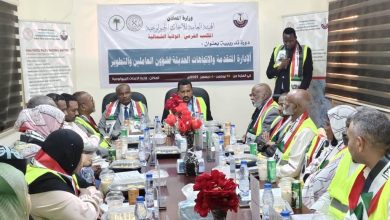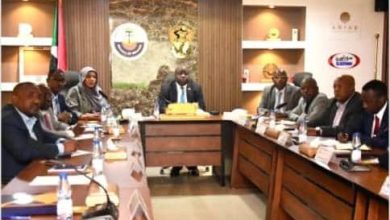Minister of Minerals: The militia has no control over gold production areas

Sudan Events – Nahid Oshi
Minerals Minister Muhammad Bashir Abu Nammu denied that the rebel Rapid Support militia is controlling gold-producing areas at the present time.
“There are no statistics on the quantities seized by the militia, but it is certain that there are quantities of gold were looted from the areas that the militia attacked, and they will be accurately counted after the end of the war.” He said.
He revealed to “Al-Ahdath” the formation of a sovereign committee with membership in the Ministry of Minerals and Finance that will work to manage and operate all the companies that belonged to the rebel Rapid Support militia. Noting that more than 35 companies in the waste sector have stopped, in addition to about 130 concession companies have stopped in the exploration phase, and other 19 concession companies stopped because of the war. He said that restoring the ministry to its pre-war state, requires huge efforts and funds to reconstruct the headquarters and mobile assets as well as recover part of the information. Meanwhile, the total cost of the reconstruction is estimated at 4 billion dollars.
Abu Nammu expected that revenues from exports of metals, including gold, during the current year 2024 will reach $2 billion, and may increase if more encouraging policies are taken by liberalizing export revenues or expanding the umbrella of the strategic commodity without stopping only in importing the commodity specified now, indicating the possibility of the Ministry’s contribution. Minerals help curb economic deterioration and the rise of foreign currencies against the Sudanese pound through proceeds from exports of gold and other minerals, and also through promoting concession areas for foreign companies, in addition to tightening control over traditional mining, codifying it, transforming it into organized mining, and maximizing and collecting state shares while encouraging, facilitating and assisting concession companies to increase their production, which increases the government’s share of gold and other minerals produced.
He said that the traditional mining areas witnessed high activity during the previous period, and this is due to the fact that the large states that were not affected by the war led to an increase in the production of traditional mining markets, which appeared through the export earnings of free gold. According to preliminary statistics, there are about 2,000,000 miners working in traditional mining activity in its various stages.
“Through this stability, the miners moved from the volatile areas to the stable areas to work to raise production. This is clearly evident in the volume of production increasing daily since the outbreak of war. Despite the withdrawal of 6 states from service, traditional mining has achieved the required level of 110% of gold production.” He added.



